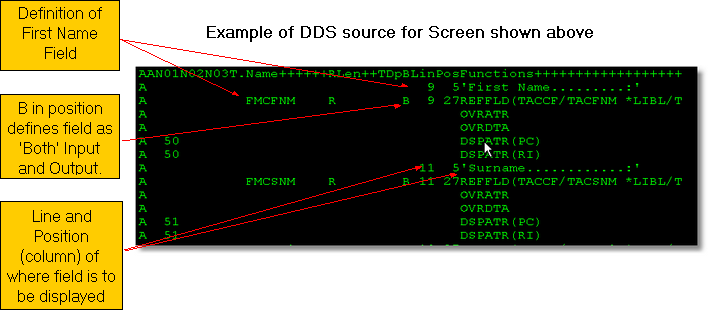
#DDS FILE VIEWER HOW TO#
How to save Image in DDS formatĪs we have installed the DDS plug-in, now, we can save our image in DDS format. Here, we can use the DDS plug-in in GIMP. Now, paste the file in the default folder.

Verify the right folder before proceeding further because it will not work if it is not placed in the right folder. For Linux, see how to add plug-in in Linux. For example, in Windows, it should be " C:\Program Files\GIMP 2\lib\gimp\2.0\plug-ins". To add the DDS Plug-in in GIMP, extract the plug-in file and paste it into the GIMP's default plug-in folder. For Windows, select the required format and, for Linux, select the required format according to Linux distribution.
#DDS FILE VIEWER DOWNLOAD#
To download the GIMP DDS plug-in, follow this link and select the required format. Further, we will see how to download and add it to GIMP. In this section, We are going to discuss how to use the DDS plug-in in GIMP. We can extend its functionality by adding plug-ins from external resources. The plug-in support in GIMP makes it a more advanced image manipulation program. It provides support for DDS image formats by using an external plug-in. GIMP is a great image editor tool that supports several file formats, including JPG, PNG, PDF, PSD, GIF, and so on. Mostly it is used to save the Windows textures and environments. The DDS file can also be used to save the Windows desktop backgrounds and wallpapers.

It is useful for storing the compressed and uncompressed files having graphical textures, and cubic environment maps data files. The DDS stands for Direct Draw Surface it is a file format developed by Microsoft.


 0 kommentar(er)
0 kommentar(er)
